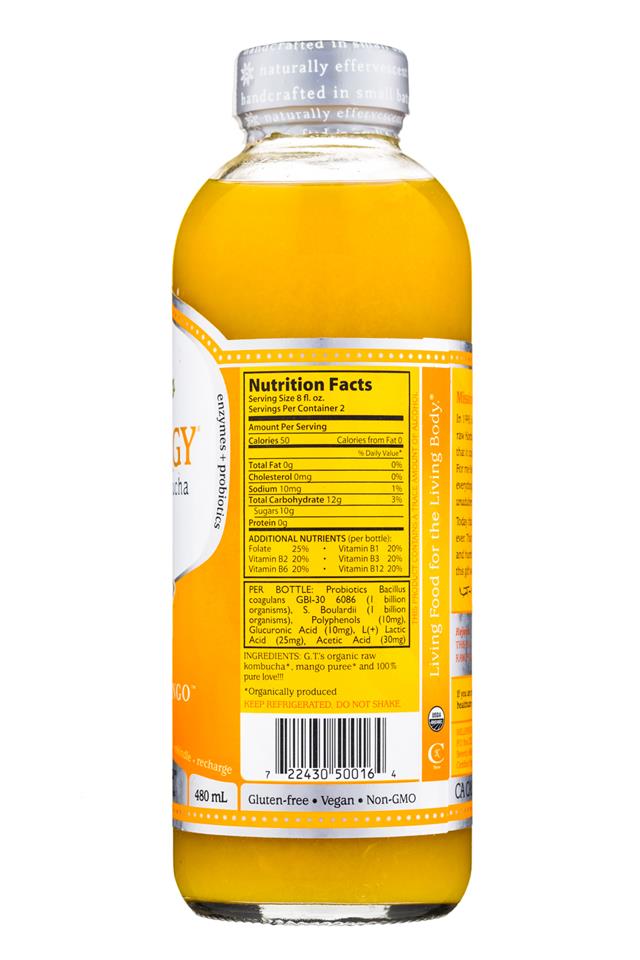

Another way to change up your flavoring is to change up the tea you use to make your brew. You can also add fruit juice, herbs, spices and/or extracts, such as vanilla, lemon or almond. My batches flavored this way always turned out tasting just ok. I did not have a lot of success with this method. Then, you let them sit at room temperature for a couple of days or until you get the flavor you want. One way to add flavors is to put fresh or dried fruits in your bottles of brew. The flavoring process is often referred to as the second fermentation. You will want to brew your kombucha for at least 7 days and then remove your SCOBY before you add any flavors. There are a f ew ways to flavor Kombucha and I have tried a couple of them. It reminds me of drinking a yummy ginger ale. I love kombucha that has a hint of ginger flavor.

But with various flavorings, it can be floral, ginger-spiced and/or fruity. It reminds me a bit of a hard cider or sour beer.

If you have never tried Kombucha, then you might be wondering exactly what it tastes like. I drank it plain for awhile, but then started experimenting with ways to flavor it. And it worked! I have had that starter for about 2 years now. I brewed some tea and added the SCOBY and waited. I could nerd out all day on how I started brewing my Kombucha by fishing a SCOBY (an acronym that basically means Kombucha starter) out of a bottle of plain Kombucha. Or you make your own and are looking for ways to make new flavors. What in the heck is floating in that jar? Alien brains? Just what is this Kombucha stuff? But, if you found this post, then you probably have tried Kombucha at least once and liked it. If you are not familiar with Kombucha, then you might be looking at your screen with puzzlement. My copycat recipe comes close to the fruity, ginger flavor of GT’s Trilogy. This Raspberry Ginger Lemon Kombucha is my attempt to make that flavor with my home brew. One of my favorite flavors is GT’s Trilogy. Depending on how long it's been "sleeping," it may take a few batches for it to make really good kombucha again.After doing Whole30 for the first time 2 years ago, I fell in love with Kombucha. Want to take a break from brewing? Store the jarred scoby and mother tea in the refrigerator.Open it to release pressure, then reseal and return it to the refrigerator. When storing kombucha for more than one month, "burp" it every few weeks to prevent an explosion.Black, blue, green, or orange spots on the scoby may indicate mold, and it's best to get a new scoby and try again. Discard the kombucha and start a fresh batch of tea with the scoby if subsequent batches get worse, discard the scoby. Signs that something has gone wrong include a rotten, cheesy, or any unpleasant aroma.The ideal range is between 2.7 and 3.2 pH. You can use a pH strip to test the kombucha's doneness.Cheesecloth is not ideal because the insects can get through the layers. Coffee filters, a clean bandana, or lint-free kitchen towel work, too. To reduce the chance of fruit flies and other small insects invading your kombucha, use a cloth with a tight weave or a few layers of paper towels.You can brew kombucha in two 1-quart jars, though you will need two scobys.Avoid tea blends, such as Earl Grey, as these include oils that will inhibit fermentation. Green, white, and oolong teas are also good options, especially after you get used to the brewing process. Black tea is the best option for the most flavorful kombucha and it's a good choice for beginners because it's easy to ferment.


 0 kommentar(er)
0 kommentar(er)
